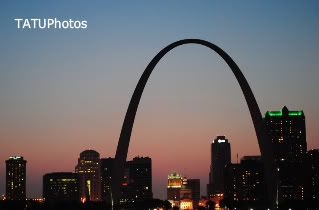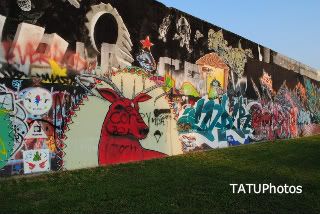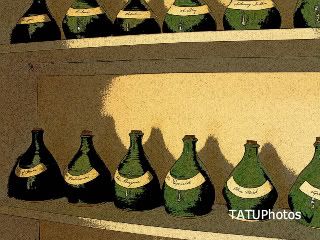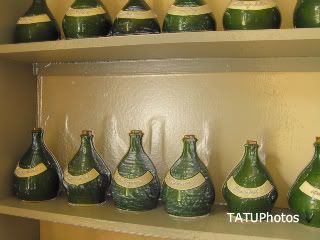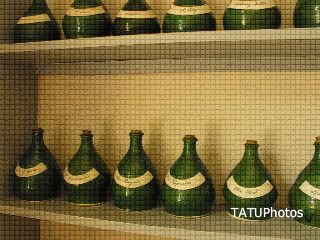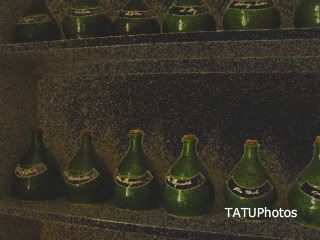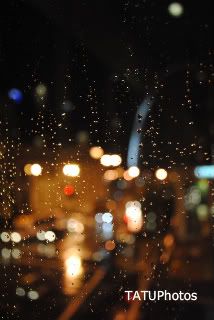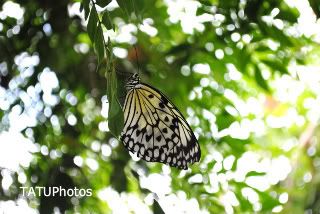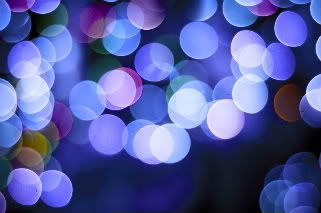While doing a cursory search for photo essays on the net, I came across this beautiful, beautiful three-part collection of photos by Herman Krieger,
"Along the Riverbank Bike Path." (It kind of weirded me out because I'd been to a similar place, and one photo in particular could easily be mistaken for Spanish Lake)
He used an Ansco box camera (read: seriously old), and I can't get enough of the gorgeous sepia quality of the photographs. Every photo is near perfection. It's possible he weeded out the clunkers before posting them online, but I like to believe that this
very intelligent and interesting man really just knows (and loves) what he's doing.
The photo essay reminded me of two things: 1) that I need to do more work in black and white, and 2) that there was actually a day when digital cameras didn't exist.
Although the great benefit with digital is being able to see what you're possibly doing wrong right away and fix it, even I was once a slave to 35mm and had to follow basic rules. I had to take my time composing a photo, instead of just getting closer and closer to the right composition by trial and error. I had to be judicious in my subjects; with only twenty-four or twenty-seven exposures available, I didn't have the luxury of capturing every single thing that piqued my interest. And, I had to get the photos developed, be mortified by what I'd done wrong, pay for another roll of film, and get back out there and do better.
So, I'm going to commit to a project. In the morning I'm going to head out to a scenic locale yet to be chosen (I know, I'd better hurry up and figure that out). I'm going to set my (one lonely) camera to black-and-white and only take a total of forty-eight shots, as though I had brought two rolls of film with me. I
will not look at the LCD screen, and I
will not erase any of the photos during the process.
Then I'll come home and see what I've captured--still free of charge, thankfully. :)
Photography is about to get serious again.
(if you'd like to see any of Mr. Krieger's many other photo essays, click
here)
